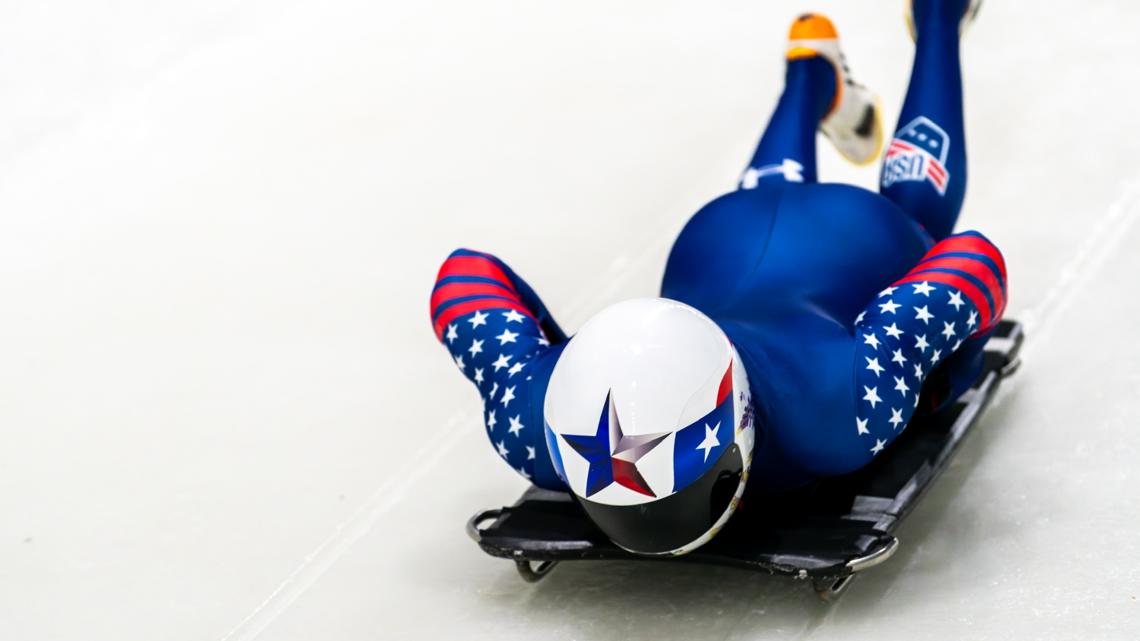
Payne hopes to represent the U.S. in the skeleton, and if he makes it there, it will be thanks to his ability to adapt.
AUSTIN, Texas — Darryl Payne Jr.’s dream changed in 2017 when Olympic recruiters approached him about a sport he had never heard of.
“The U.S. Olympic Committee was having a scouting combine. I got recruited to go there” said Payne. “There were four different sports there – rugby, cycling, bobsled, skeleton.”
One of those sports changed his life.
“I was just like everyone else. I had no idea what [skeleton] was,” said Payne. “Once I got out there, it was a lot of fun, and I just stuck with it.”
As a D1 track sprinter at Baylor, Payne knew what it took to be an elite athlete, but training for skeleton offers a type of challenge Payne never found on the track.
“[Skeleton] taught me that I’m not as mentally tough as I thought I was,” said Payne. “This sport, it really puts into perspective what hard work is.”
In addition to hard work, some creativity is required for Payne’s workouts. There are no skeleton tracks in Austin – or Texas – or the southern half of the country, so instead of physically taking his sled to a skeleton track, Payne simply uses his iPad and video of other skeleton athletes.
“I lay on the sled [with the iPad in front of me],” said Payne, “and just kind of mimic what they’re doing, or try to correct the mistakes that they made.”
Payne has multiple ways of doing what he calls “mental visualizations” – seated, standing and laying on the sled are all options. Regardless of his positioning, he said the benefits of these visualizations rival the benefits he experiences when attending an actual track.
“Being able to encounter a situation a dozen times while lying on the sled and focusing on one part is a huge advantage for me,” said Payne, “instead of waiting for the next [in-person] run.”
Payne said when attending tracks in Utah or New York, athletes typically only do one to two runs per day, but he is able to do dozens of visualizations per day.
In addition to earning his way onto the national team, Payne hopes to be an example for young Black athletes like himself.
“I’m the only Black man in America doing skeleton,” said Payne. “There’s a whole season of sports that we could jump into if we just knew that it exists, and how to get into it.”
Payne plans to create a combine-style event in Austin, where high school athletes who may not have college scholarships in their current sports can complete fitness and measurement tests that will help them determine if there’s a winter sport that would fit them well.
Original News Source
Click here for San Antonio HOA Management
